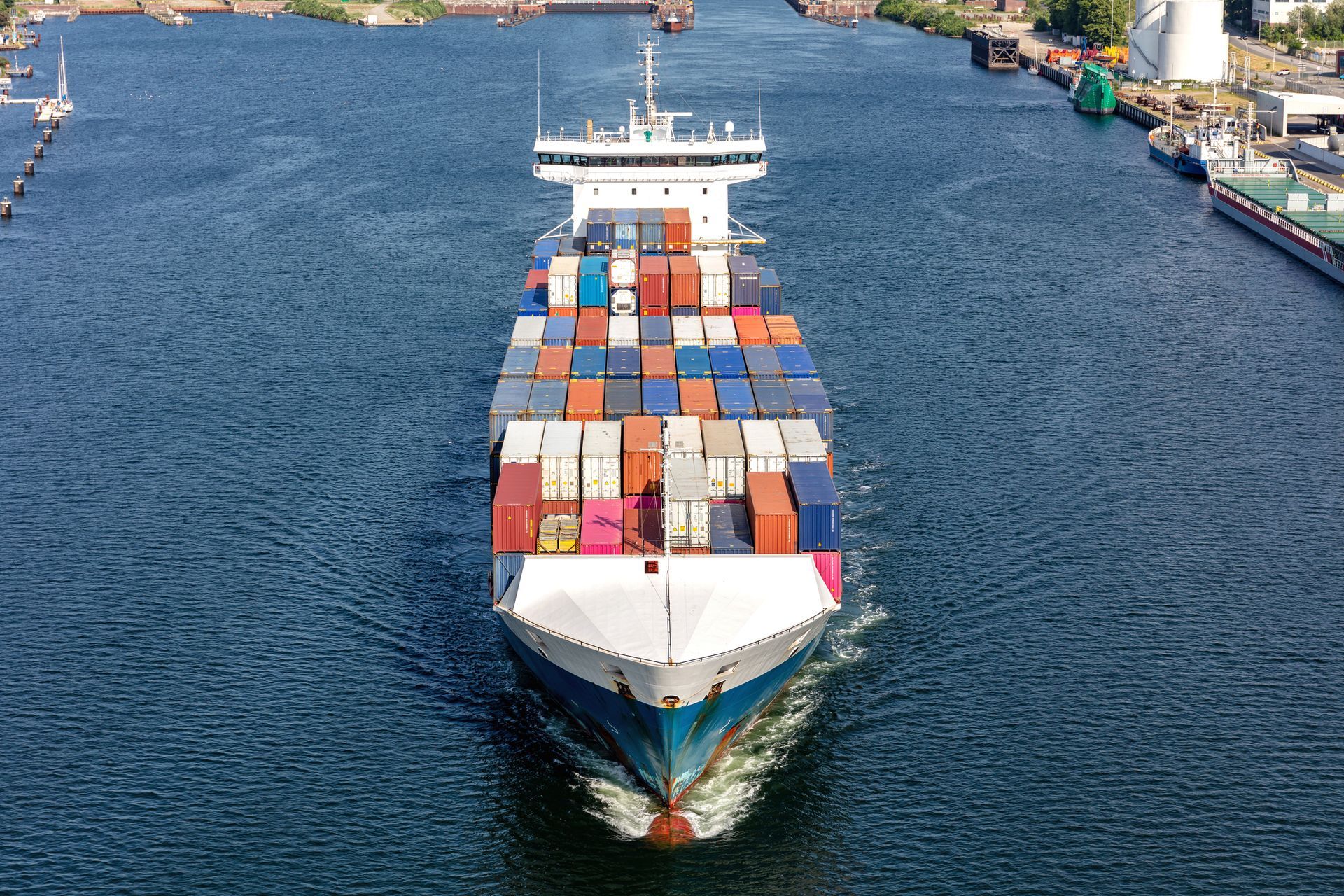
Freight Forwarders and Customs Brokers often encounter issues during the LCL freight quotation process. These problems arise from frequently asked questions that can be addressed clearly and objectively.
As we dive into the nuances of LCL Freight Quotation, we not only uncover the necessary procedures and documents but also answer the most frequently asked questions that arise in this process.
What is an LCL Freight Quotation?
In the realm of maritime transport, the LCL Freight Quotation stands out as a crucial tool for freight forwarders and customs brokers.
This process essentially refers to requesting prices for the international transport of goods in the LCL modality, where the cargo does not fill an entire container and is consolidated with goods from other exporters in the same container.
Key Questions About LCL Freight Quotation
Which documents are necessary to request a quotation?
To efficiently request an LCL freight quotation, it’s ideal to have the following documents:
- Invoice or Proforma Invoice: This document details the products to be shipped, including their value and quantity, as well as the agreed Incoterms between the parties.
- Packing List: Provides information on packaging characteristics, the number and size of the packages, and details about each item.
- MSDS (Material Safety Data Sheet): Required if the cargo is classified as hazardous (IMO). This document contains safety information and chemical characteristics of the hazardous cargo.
- Customs Information: Ensure you have updated customs information to avoid complications during transport, such as licenses (LI), etc.
- Specific Documents: Depending on the nature of the cargo and the countries involved, specific documents may be required. Checking the regulations of the origin and destination countries is crucial.
What information is necessary for requesting a quotation?
When requesting an LCL freight quotation, providing detailed information is essential. The main details to include are:
- Weight per Volume: Indicate the weight per volume of the cargo, as this directly affects the freight cost and the cargo's acceptance at the ports involved.
- Number of Packages and Packaging: Specify the total number of packages and provide details about the packaging of each. Prioritize optimizing the volumes using pallets and stretch wrapping, which enhances safety and reduces the risk of damage.
- Cargo Dimensions: Provide the precise dimensions of the cargo, including length, width, and height for each package, to optimize container space usage.
- Detailed Description of the Goods: Describe the goods in detail, which is crucial for determining handling and stowage requirements. Always have the NCM (Harmonized System Code) on hand. The cargo may have restrictions at the destination that can only be checked with the NCM.
- Hazardous Cargo (if applicable): If the cargo is classified as hazardous, submit the MSDS. This is essential for verifying cargo acceptance.
- Stacking and Space Usage: Clarify if the cargo can be stacked and up to how many levels, helping optimize container space and ensuring accurate freight calculations.
- Additional Information (Optional): Include specific information about route restrictions, special storage needs, or any unique cargo requirements.
- Relevant Past Experiences: Share relevant past experiences, such as legal restrictions or specific cases, to avoid similar issues.
- Port of Loading and Destination: It is essential to specify the port of loading, not just the country. If you don’t know it, the NVOCC can help using the address of the cargo's location.
- Cargo Urgency: Keep in mind that the cheapest option is not always the solution. Know when you need the cargo in Brazil (for import) or when it will be delivered to the port (for export). This will help the NVOCC find a logistical solution that meets both cost and deadline.
What is the estimated transit time for LCL shipping?
The transit time for LCL can be influenced by various factors such as the chosen route, service frequency, weather conditions, and the complexity of customs procedures at the origin and destination ports.
Obtaining detailed information from the NVOCC about the estimated transit time helps with logistics planning and deadline management.
What insurance options are available for LCL shipments?
Insuring the cargo during transportation is essential. The insurance coverage will vary depending on the type of goods, the value involved, Incoterms, the country, etc. Discussing options with the NVOCC and acquiring adequate coverage provides peace of mind in case of unforeseen events.
To ensure transparency, neutrality, and ethics, Allink, in collaboration with Korsa Seguros, developed "Minha Carga Segura" (My Safe Cargo). This exclusive product caters to the needs of freight forwarders and customs brokers.
With no bureaucracy, it offers insurance for 100% of Allink shipments. If you ship with Allink, your cargo is insured, hassle-free! To learn more, request the insurance quote alongside the freight quote.
Conclusion
By navigating the complex paths of LCL Freight Quotation, we open the doors to a deeper and more efficient understanding of maritime transport. Throughout this article, we addressed the most frequently asked questions surrounding this process, from the necessary documentation to the crucial details for an effective quotation.
Freight forwarders and customs brokers, often challenged by logistics issues, are now better equipped to navigate the world of LCL Freight Quotation.
As we explore the challenges and solutions, we invite you to deepen your knowledge. Discover the LCL guide and find the best transport option for those who don’t have enough cargo to fill an entire container.
Continue a navegar no blog da Allink

Mantenha-se informado sobre o comércio exterior
Assine nossa newsletter e receba atualizações semanais de forma gratuita sobre o mundo da logística.




